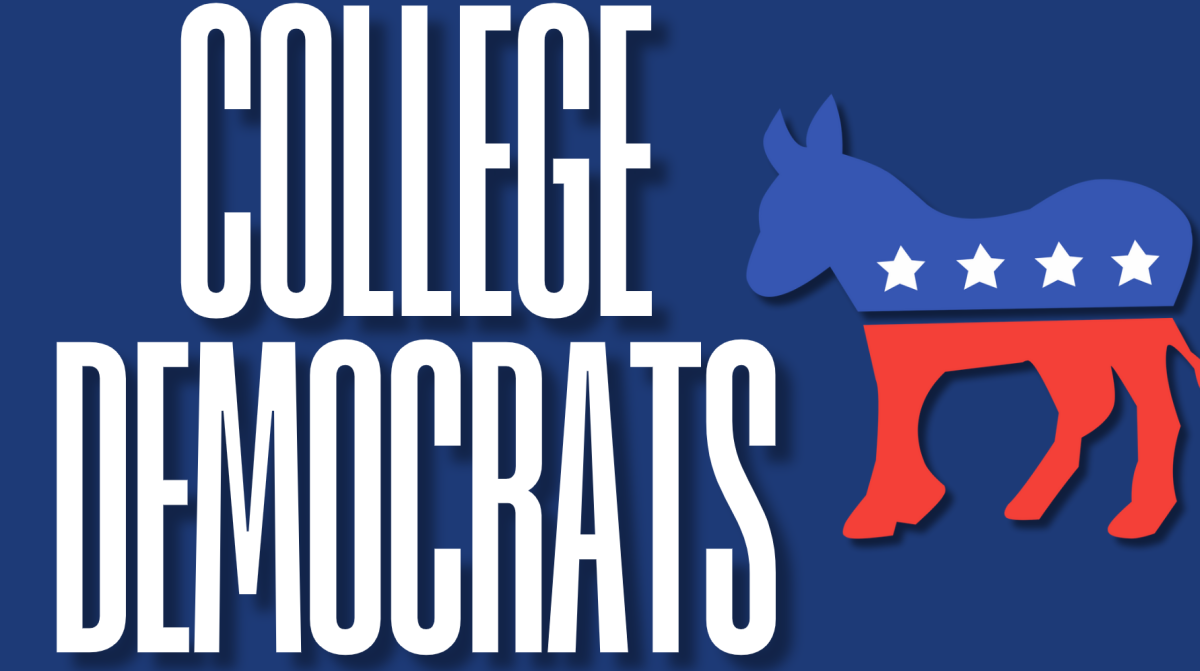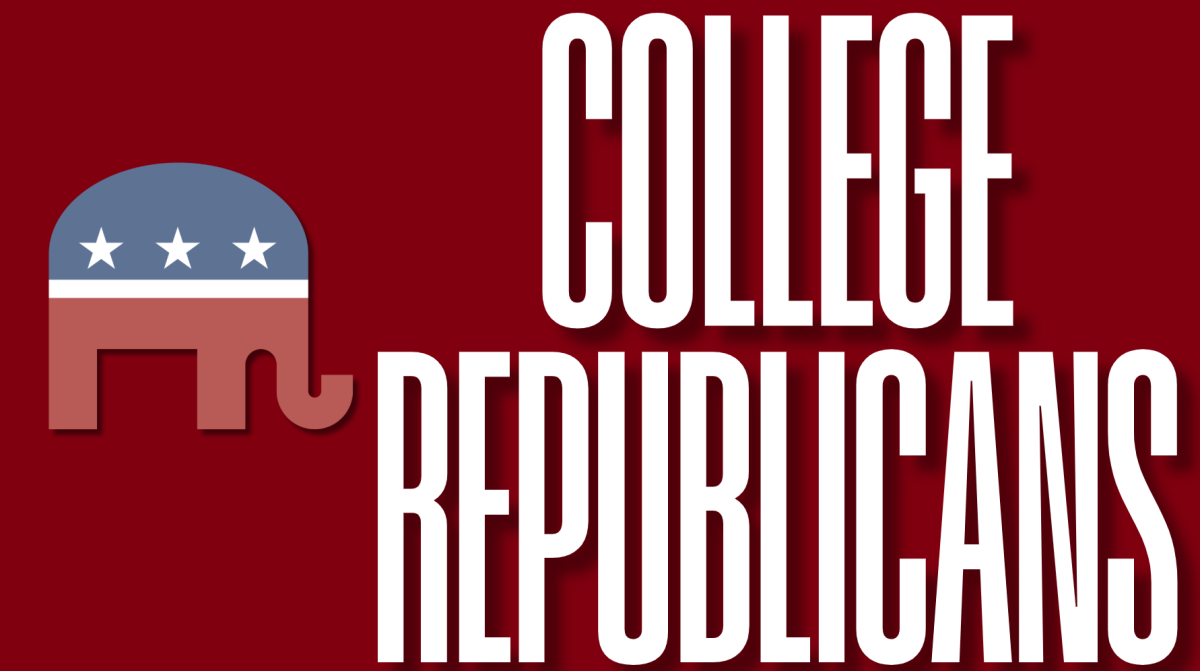
By Kathryn Wolper
On Sunday, a series of tweets from Shannon Watts (@shannonrwatts on Twitter) detailed what appeared to be an employee of United Airlines denying girls from getting on a flight due to their spandex leggings.
According to CNBC, Watts is the founder of Moms Demand Action and has a considerable Twitter following. Watts is even verified by the platform. Due to Watts’s considerable following, her tweets sparked a firestorm. Many tweeted their outrage to United, and journalists wrote articles about the exchange in which Watts was not directly involved.
Without knowing the details of the interaction she witnessed, Watts boldly made the claim, “Apparently @united is policing the clothing of women and girls.”
According to The Star Tribune, whose reporter spoke with a new representative at United, the girls were traveling as guests of a United employee and did not meet the more strict dress code standards for such travel.
Whether or not United was out of line in this controversy is beside the point. The situation illustrates the power of both individuals to rally anger against companies and companies to make or break their relationships with customers. Although the issue that Watts encountered only affected a select few United passengers, she quickly and loudly broadcasted her conclusions to her many followers. In a culture where a mere headline can fuel outrage and social media platforms make companies extremely accessible, customer service nightmares are extremely visible.
This makes companies’ social media skills relevant to their success in a social era. Gone are the days when an angry phone call was the preferred outlet for customer dissatisfaction. Today, an unpleasant experience with a brand, especially an airline, takes place on Twitter, where millions of users can watch the exchange and make judgments on the brand.
The representative defending United on Twitter throughout this fiasco was robotic and tactless. He or she cited sections of the airline’s terms and conditions instead of engaging with users who were legitimately upset.
Of course, no single person is responsible for all of the customer service exchanges with customers via Twitter. Most of the United Airlines tweets that addressed Watts and the many people, including celebrities like Chrissy Tiegen, Levar Burton and Patricia Arquette, who had concerns about the exchange were signed “^FS”.
While the mystery customer service representative has surely been trained in how to respond in situations like this one, large companies must worry about the ways in which one representative’s words can represent an entire company in a viral story like this one. Frequently, people tell their own stories about dissatisfaction with an airline, brand or service via Twitter. This controversy differs slightly, but importantly, in that the person who publicized the exchange was merely an onlooker. Watts simply did not know the whole story.
Perhaps United’s standards of appropriate dress for passengers traveling as guests of employees are a bit strict, or perhaps the employee at whose discretion the decision was made misapplied the guidelines. However, for an uninvolved stranger to wield her Twitter following in order to spark outrage over a situation she distantly observed is irresponsible. Furthermore, United’s tactless, monotonous defenses of its employee’s actions via Twitter show the need for a bit more bedside manner when customers or even potential customers are upset.
Using social media to speak out about injustice is incredibly powerful, and when done in an informed, clear way, can start important conversations with large and influential companies. Social media is truly a tool for bystander intervention. Using this tool without accurate or full information is simply irresponsible. On the company’s end, the situation proved the importance of tact. Tweets are forever, and the stiff responses that concerned consumers received from customer service representatives give the impression that the airline is unwilling to engage with customer issues on a personal level.







































































































































































































